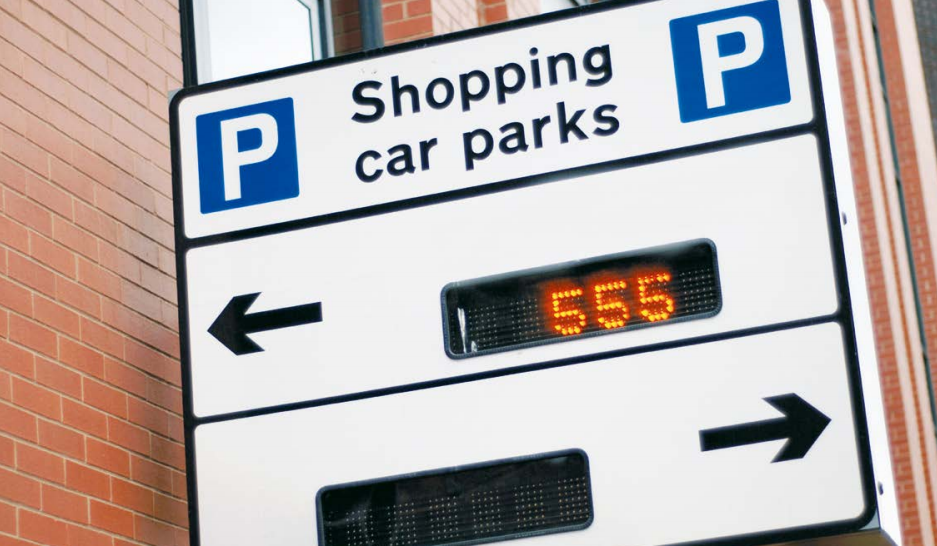Helping Towards Cleaner Car Parks
Carl Turbitt, ABB’s HVAC drives UK sales manager writes: While the demand for new cars in the UK may slowly be starting to fall, the need for a plentiful supply of parking spaces remains as high as ever. With space for buildings very often at a premium in many town and city centres, car park operators are looking for ways to maximise the number of vehicles that can be fitted into as small a footprint as possible.
Car parks can be challenging buildings to construct and maintain, not least because of the issue of ventilation. If not properly designed and managed, a high concentration of vehicles in a structure will lead to nasty accumulations of toxic fumes. In the event of a fire, smoke also needs to be cleared quickly and safely.
Helping Towards Cleaner Car Parks
In some above ground car parks, these goals can be achieved through natural ventilation. However, car park design has changed greatly over the years, with architects and city planners now feeling the need for these structures to show more compassion to their surroundings. The result is that car parks are increasingly becoming enclosed buildings and as a consequence, natural ventilation is harder to achieve. As a result effective mechanical ventilation is becoming increasingly important.
With this in mind, ABB has created ‘A guide to using variable speed drives and motors in car parks’ to help car park designers, builders, specifiers and operators to identify ways to reduce energy use and keep harmful gases within safe limits. For instance, many existing ventilation fan systems operate at a constant flow rate, yet peak demand may only occur for a few hours a day. A variable speed drive reduces the power to the fan motors so that they can run at reduced output while still ensuring air quality standards are met.
This can save vast amounts of money, as just a 20 percent reduction in motor speed can reduce energy costs by as much as 50 percent.
For your copy of the guide, click here.

